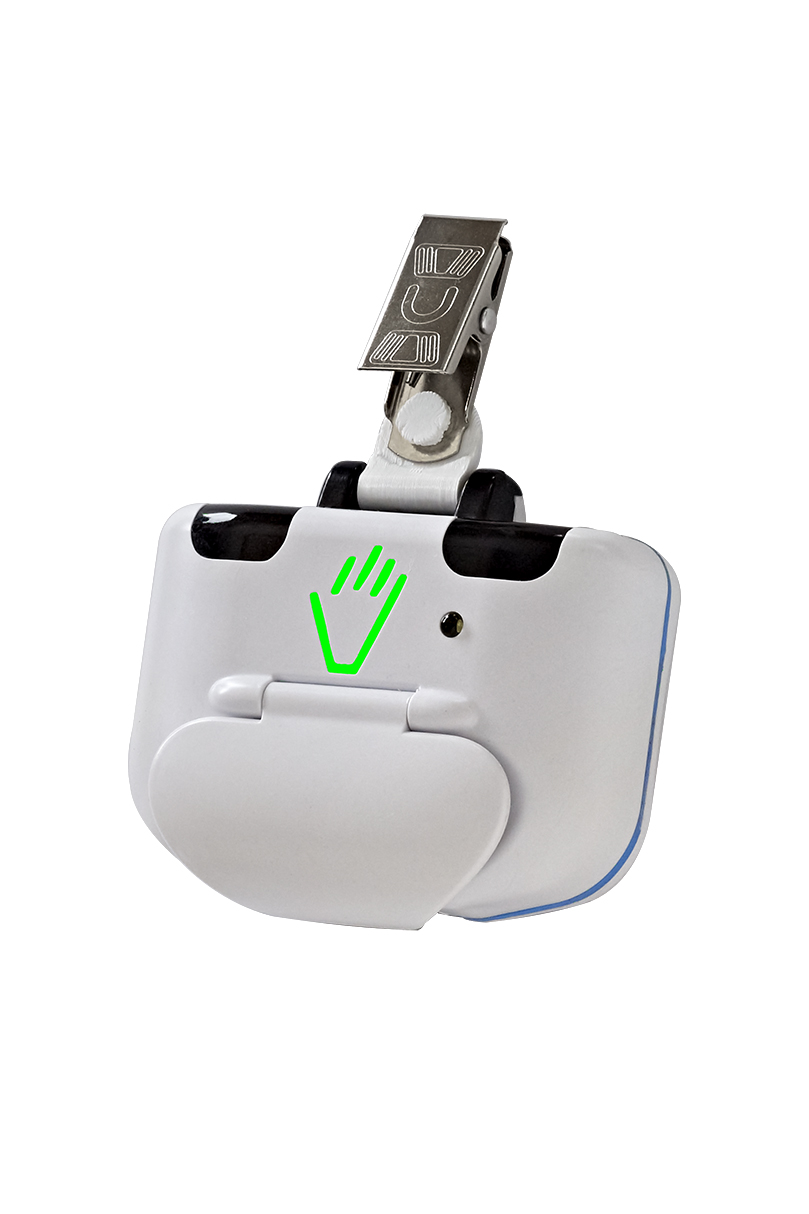SUNY Downstate staff wears electronic monitors to improve hand hygiene
SUNY Downstate Medical Center announced that it launched a new initiative to increase physicians’ hand hygiene compliance using an electronic monitoring system.
Health care professionals at SUNY Downstate will wear badges created by BioVigil that contain infrared sensors. The sensors will turn the badge green, yellow or red, depending on hand hygiene compliance.
“The BioVigil technology presents a simple way to encourage physician, nurse and staff involvement to improve the quality of the care we provide,” Bill Walsh, senior vice president of hospital affairs at the University Hospital of Brooklyn, said in a press release.
WHO hand hygiene guidelines suggest that any health care worker or person involved directly or indirectly with patient care should be washing their hands. Health care professionals should practice hand hygiene before and after touching a patient and their surroundings, before clean/aseptic procedures and after exposure to body fluids. Alcohol-based hand sanitizers are preferred when hands are not visibly soiled, but hands should be washed with soap and water if hands are visibly dirty, according to WHO guidelines.

However, hand hygiene compliance has been a persistent problem in the health care setting. A study conducted from December 2015 to May 2016 across 49 hospitals in New York City showed that only 36% of hospital staff members performed personal hand hygiene.
The HAI Prevalence Survey, published in 2014 in The New England Journal of Medicine, reported an estimated 722,000 hospital-associated infections (HAIs) in U.S. acute-care hospitals in 2011. Approximately 75,000 patients with HAIs died during hospitalization. Additionally, about one in 25 hospital patients in the U.S. contracts at least one HAI, according to the CDC.
During their shifts, health care professionals at SUNY Downstate will wear the BioVigil badge, which will respond to beacons set up throughout the hospital configured for specific hand hygiene protocol. The badge will turn yellow if the wearer does not follow protocol within a set amount of time. It will then turn red if more time goes by and the wearer still does not take proper action. The only way for a badge to turn back to green is for the wearer to use alcohol-based sanitizer or wash their hands with soap and water.
Data compiled from the badges are stored in BioVigil’s Data Suite, allowing administrators to track compliance trends anywhere from a specific individual to a single department to the whole hospital.
SUNY Downstate is the first academic health center and hospital in New York City to use the BioVigil program. According to the press release, the BioVigil technology has a 97% sustained hand hygiene compliance.
Like the implementation of body-worn cameras for on-duty police officers, the badges are a way to hold health care professionals accountable and create transparency for the patient.
“We anticipate a decline in HAIs as the compliance rate of hand hygiene increases,” said Margaret G. Jackson, SUNY Downstate’s vice president and chief nursing officer, said in the press release. “Working toward clean hands at the point of patient care every day and sustaining this practice is a vital part of the patient safety culture change and key focus of health care policy. It is a simple yet critical intervention to keep our patients safe.” – by Marley Ghizzone
Foote MMK, et al. MMWR Morb Mortal Wkly Rep.2017;doi:10.15585/mmwr.mm6636a2.
Magill S, et al. N Engl J Med.2014;doi: 10.1056/NEJMoa1306801.
Disclosures: Infectious Disease News was unable to confirm relevant financial disclosures at the time of publication.

